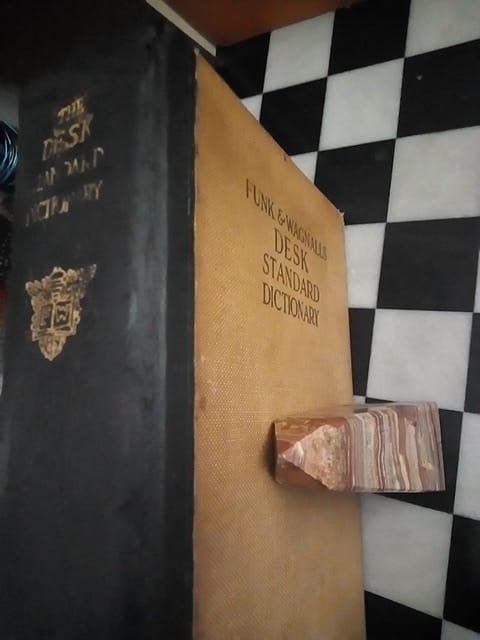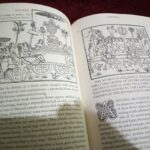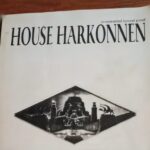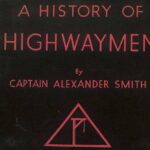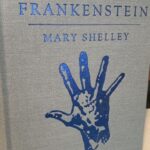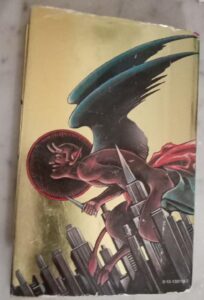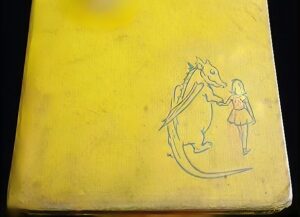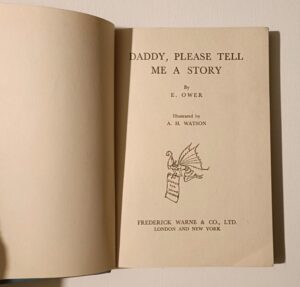Value and Significance of Funk & Wagnalls Dictionaries : A Comprehensive Review of a 1946 Edition
This assessment explores the historical significance, market value, and specific characteristics of Funk & Wagnalls dictionaries, with particular attention to a 1946 American edition that has been professionally rebound. These reference works represent important artifacts in lexicographical history and continue to command notable prices in the antiquarian book market.
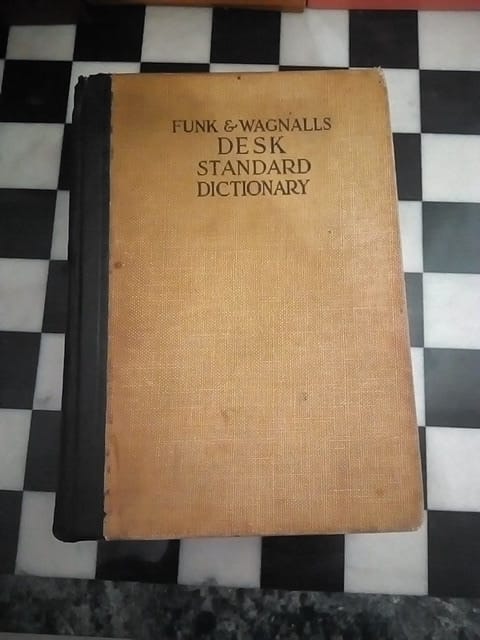
Funk & Wagnalls dictionaries emerged as influential reference works in the late 19th century, establishing distinctive approaches to lexicography that set them apart from competitors. The publishing house’s first major dictionary, “A Standard Dictionary of the English Language,” appeared in 1893 under the editorial direction of Isaac Funk. This pioneering work introduced several revolutionary practices that would become hallmarks of the publisher’s approach to dictionary-making. Most notably, definitions were arranged according to current usage rather than historical evolution, etymologies appeared at the end of definitions instead of the beginning, and all entries were consolidated into a single alphabetical sequence rather than separating geographical, biographical, or specialized terms.
Isaac Funk’s commitment to accurate phonetics and simplified spelling whenever feasible became a defining characteristic of the company’s publications. These innovative editorial policies were maintained throughout subsequent editions, including the New Standard Dictionary, which represents the lineage to which your 1946 edition belongs.
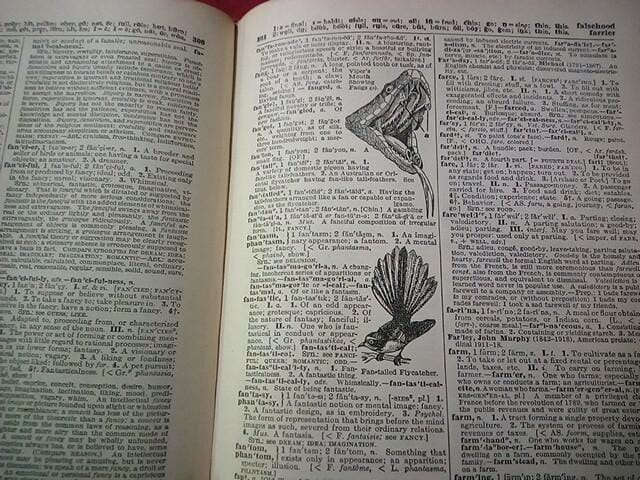
The significant market value of Funk & Wagnalls dictionaries, often commanding prices in the hundreds of dollars or euros, is attributed to several key factors, for instance these dictionaries represent important developments in lexicographical approaches, with the publisher pioneering user-friendly formatting and prioritizing contemporary usage. The 1923 book “The development of the dictionary of the English language: with special reference to the Funk & Wagnalls new Standard dictionary” is currently valued more than $300, highlighting the scholarly interest in their methodologies. Furthermore these were substantial, well-constructed reference works designed for heavy use and consultation. The 1947 edition (similar to your 1946 copy), a less “large hardcover book” with 1200 illustrations, indicating the substantial material investment in these productions.
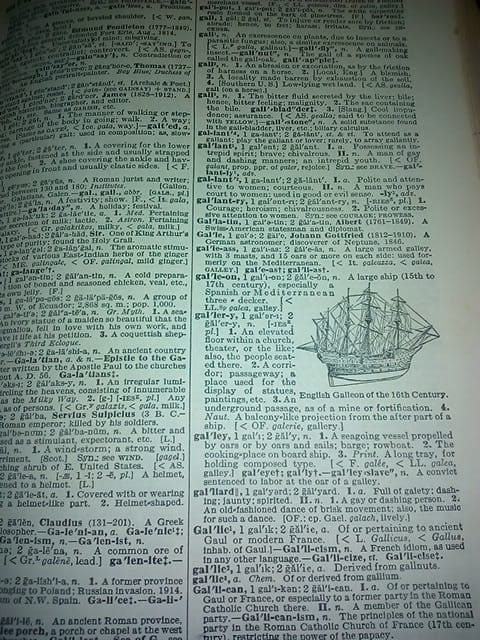
Given their utilitarian purpose, many dictionaries suffered significant wear or were discarded when newer editions appeared. Complete, well-preserved copies have become increasingly scarce. The Funk & Wagnalls specialized dictionaries, like the “Standard Dictionary of Folklore, Mythology, and Legend,” are described by collectors as “really hard to find,” suggesting a similar scarcity for their general language dictionaries, thing that makes of these books as rare and therefore highly valuable.
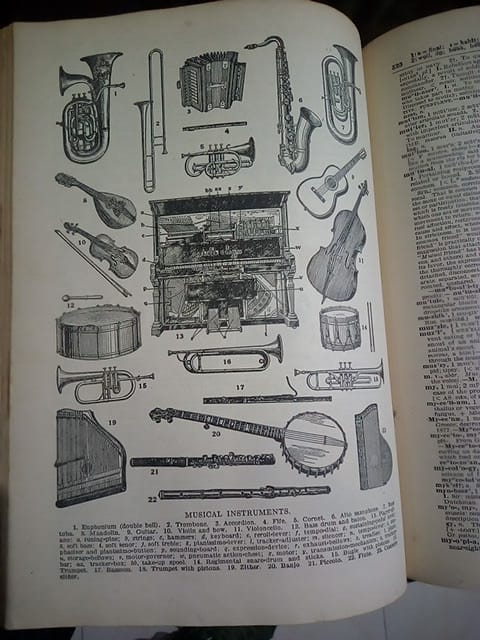
These dictionaries captured linguistic usage at specific historical moments, providing valuable documentation of language evolution. The 1946 edition represents American English usage in the immediate post-World War II period, a time of significant cultural and linguistic transformation.
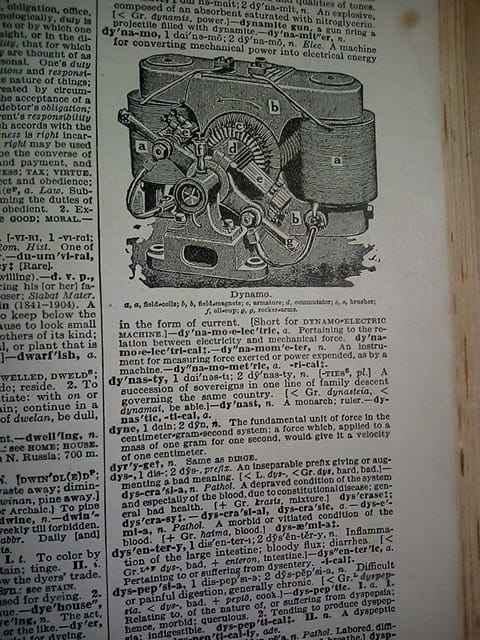
The 1946 Funk & Wagnalls dictionary presents several notable features that affect both its scholarly value and market worth.

Published in the immediate aftermath of World War II, this dictionary captures American English at a pivotal historical juncture. This timing places it chronologically near the 1947 edition currently valued at approximately $300 in the antiquarian book market.
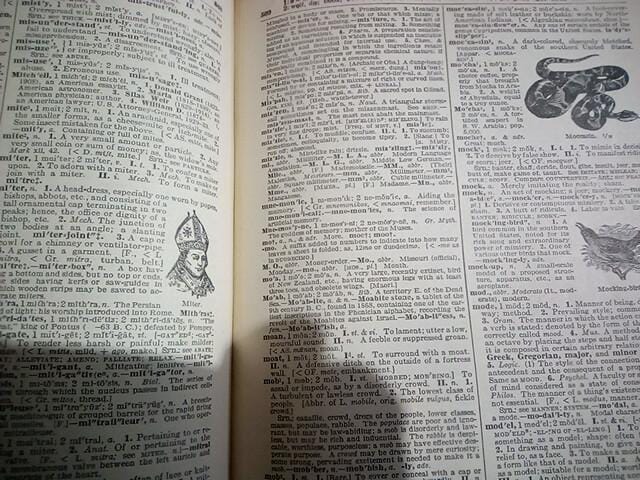
The professional rebinding by us, as “masters of book recovery”, represents a significant enhancement to the dictionary’s physical condition and longevity. While purists might prefer original bindings, a skilled restoration can stabilize a volume without diminishing its value, particularly for reference works where functionality is paramount. The absence of scratches, cuts, torn pages, or ink/pencil markings places this copy in the upper tier of condition categories, likely qualifying it as “Very Good” in bookseller terminology.
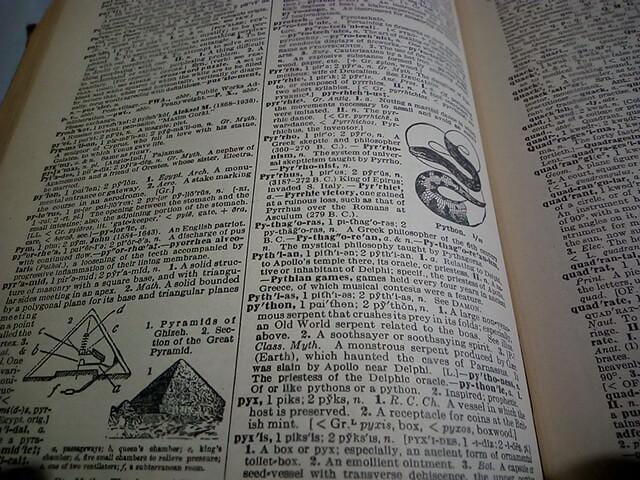
Based on comparable sales data, a 1946 Funk & Wagnalls dictionary in good condition with professional rebinding could command a market value between €500-€600, depending on specific edition details, completeness, and the quality of the restoration work. The 1947 edition with some condition issues is currently listed at approximately € 600,00, while earlier or specialized editions command significantly higher prices, with some reaching €350 – €450.
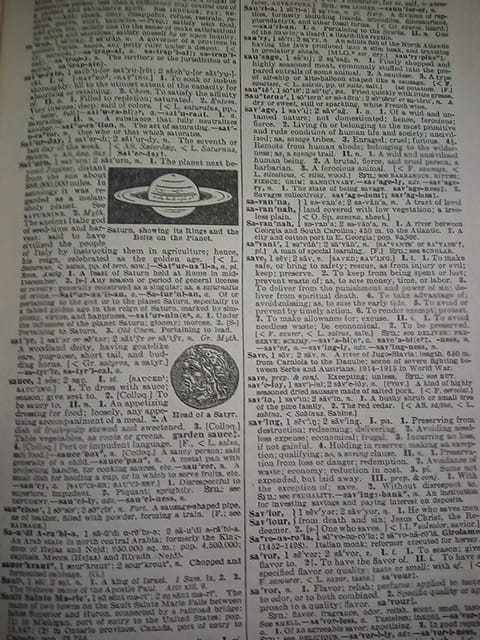
To maximize its appeal to collectors and scholars, your assessment should highlight any distinctive features of this edition, such as special illustrations, supplementary materials, or notable editorial changes from previous editions. The New Standard Dictionary series underwent various revisions, the 1946 copy enhances its historical contextualization.
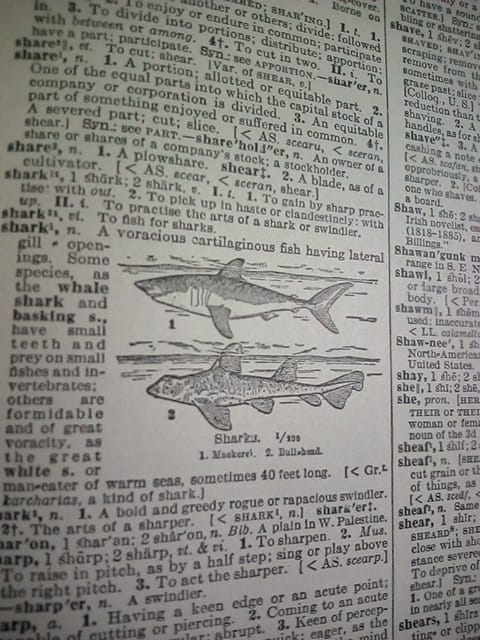
Funk & Wagnalls revolutionary approaches to dictionary organization—particularly their emphasis on current usage rather than etymological history—represented a significant departure from the Oxford model of historical lexicography.
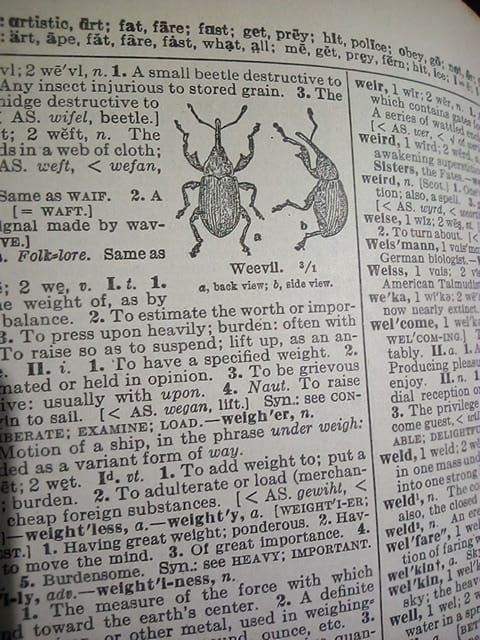
These dictionaries as important artifacts documenting mid-20th century American English, capturing language during a period of rapid cultural transformation following World War II.
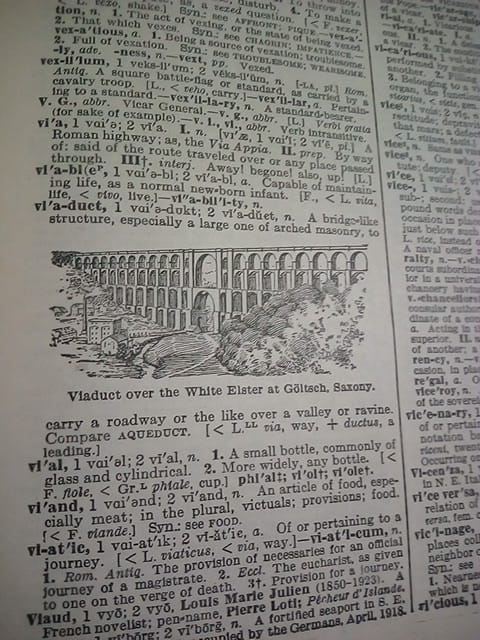
Funk & Wagnalls dictionary represents a valuable artifact of lexicographical history, American publishing, and post-war material culture. As dictionaries from this publisher continue to command substantial prices in the antiquarian book market, your well-preserved copy stands as a notable example worthy of detailed examination and appreciation.
